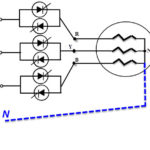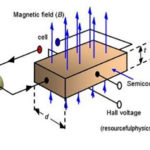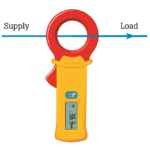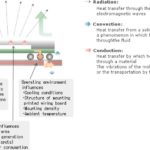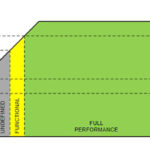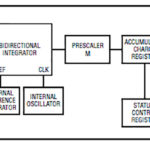(editor’s note: Intrigued by these power electronics problems? Have a question or another solution? Then click the “Read more” link and follow the conversation on EDAboard.com or log in to EDAboard and participate in the power electronics forum threads.) Power MOSFET forensics – I need your help to investigate a recent MOSFET death. It was […]
Industry Experts
Choosing a reference voltage for an ADC
Analog-to-digital converters (ADCs) need a reference voltage (VREF) input in order to operate properly. ADCs convert analog inputs that can vary from zero volts on up to a maximum voltage level that is called the reference voltage. The reference voltage determines the ceiling of what the ADC can convert, and is essentially the yardstick against […]
Options for current sensing: part 2
Part 1 of this FAQ discussed the issue of current measurement and four transducers that can measure current. The first two — shunt resistors and Hall-effect devices — can be used for AC or DC currents. We will now look at two other transducers — the Rogowski coil and the current transformer—which can be used […]
Options for current sensing: part 1
The need to sense and measure current at one or more points in a circuit is very common. In situations ranging from microamps going into or out of a battery to DC current from a solar panel to feedback for a power supply controller to tens or hundreds of amps of AC power to a […]
What is leakage current?
Leakage current flows unexpectedly in almost all circuits, even when the power is off. Current leakage is not limited to electronics, computers, or small signal circuits, and can be found in industrial equipment and three-phase wiring installations, too. Some current will always find a path to ground whether it’s through ground-conducting insulation that’s supposed to […]
Passive cooling options and considerations (Part 1)
Keeping components and systems cool enough and within their safe temperature zone is a concern for many, though not all, designers and projects. Excessive heat as measured by temperature can cause erratic behavior, inaccuracy and drift due to temperature coefficient-induced shifts, shortened component lifetime, and even outright failure. Q: What are the cooling options? The […]
Reverse polarity protection: how can you provide it?
The reverse connection of a circuit to its DC power source, whether it’s a battery or power supply, can damage and even destroy the electronics. For this reason, many connectors are “keyed” to ensure correct connection. But there are many connections which are directly hard-wired using wires inserted into screw terminals, or ring or spade […]
Basics of power-supply self-protection
AC/DC and DC/DC power supplies usually are relatively rugged in regular operation. Nonetheless, some protection features are built into most of these units to ensure that they do not “self-destruct” or damage associated circuitry – primarily their loads – in the event of a failure or out-of-spec operational mode. (note: in strict terms, a power […]
Power Status: battery monitors matter
For battery powered systems it can be useful to know something about the state of the battery in order to predict remaining battery life. With specific charge/discharge information, you could also manage battery consuming resources to maximize battery life. There are integrated circuits to help with either approach. For simple charge or discharge information, a […]
Top power electronics threads on EDAboard.com – May
(editor’s note: Intrigued by these power electronics problems? Have a question or another solution? Then click the “Read more” link and follow the conversation on EDAboard.com or log in to EDAboard and participate in the power electronics forum threads.) Common mode noise mitigation in offline power supplies – In offline power supplies, common mode emissions […]

